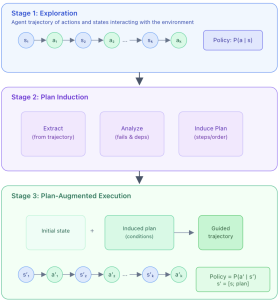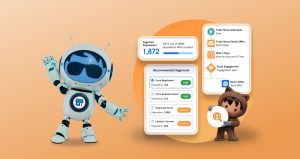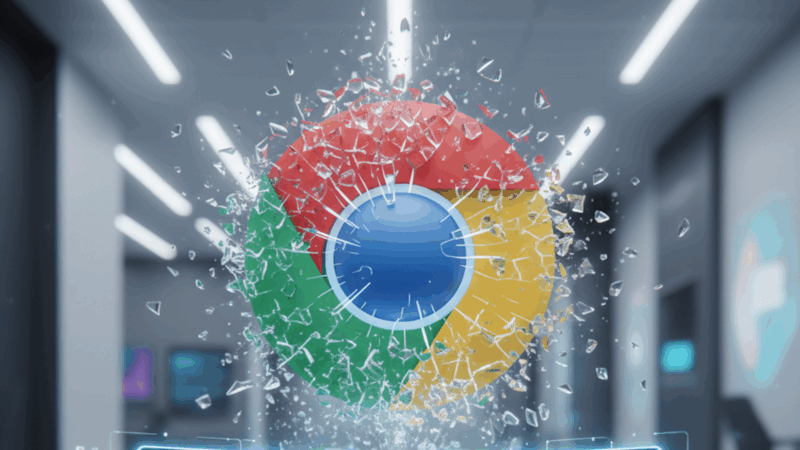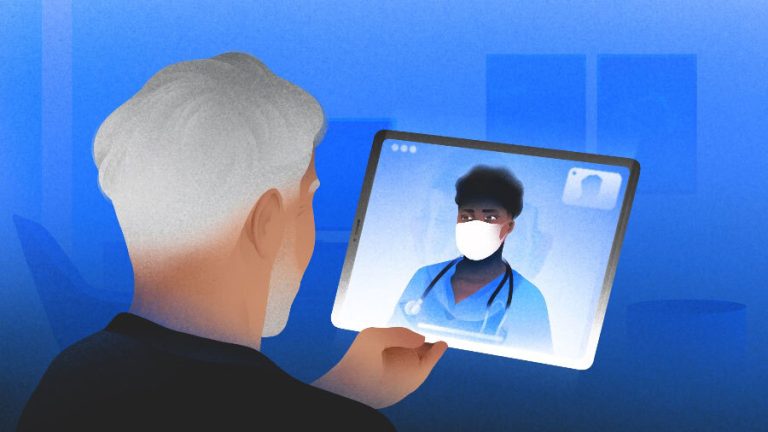
Perplexity and OpenAI are both moving into AI-powered web browsing. Perplexity was first out with Comet, which is in beta for premium subscribers. Soon after, reports surfaced that OpenAI is working on its own browser.
The rise of ChatGPT and Perplexity is already starting to chip away at Google’s search dominance. Through agentic AI and conversational search, these new browsers promise more personalization and a redefined search experience. Whether they’ll truly pull users away from traditional search is still unclear — but brands can’t wait to protect visibility.
From what we know, both Perplexity’s and OpenAI’s browsers will focus on personalization, context-aware answers, and agentic AI to deliver more intuitive search experiences.
Dig deeper: AI is the new OS — but marketers’ curiosity will decide its value
Comet introduces the Comet Assistant, an AI agent that helps users automate tasks and navigate the web through natural language. OpenAI’s browser is expected to follow a similar path, integrating AI agents and defaulting to its agent, Operator.
Both browsers aim to keep users in a closed ecosystem, from research to discovery to purchase. That could collapse the traditional buyer’s journey, minimizing touchpoints and reducing the need to leave the AI environment.
Could these browsers challenge Google?
Google has dominated search for decades, but newcomers like Perplexity and OpenAI are becoming real threats. A federal court has ruled Google must end exclusive search-distribution deals and share specific index and interaction data (though not ad data) with competitors. These rulings could weaken Google’s grip on the ecosystem and open the door wider for rivals.
Still, adoption depends on quality — user experience, speed, and accuracy. Google built its dominance by delivering the most relevant answers, but that edge has dulled as monopoly comfort set in. High subscription costs for Comet may also slow adoption, especially when consumers are used to “free” browsers and search engines.
To fend off challengers, Google must deliver quality in AI Mode, return to providing accurate, trustworthy answers and wrap it all up in a strong user experience.
What do AI browsers mean for brands?
Traditional search sends users to external pages, but AI browsers are designed to keep them inside the platform. Instead of clicking through to websites, users interact in conversational sessions that cover the entire buyer’s journey. This means fewer clicks to URLs and less traffic to brand-owned content.
The result is shorter paths to purchase and fewer chances for outside exposure. Brands risk invisibility if they aren’t surfaced directly in AI responses.
Dig deeper: AI threatens entry-level marketing jobs—and the future talent pipeline
As AI browsers and platforms gain ground, marketers need a proactive strategy. That starts with understanding how these platforms surface information so you can:
- Shape the narrative
- Safeguard brand perception
- Influence AI-driven content to reflect your story
Audit your presence across search and AI platforms, spotting gaps or inaccuracies in how your brand is presented. Focus on the platforms that matter most to your audiences so you can allocate resources effectively and tailor content where it will have the most significant impact.
Finally, treat this as an ongoing effort. AI platforms evolve quickly, and what works today may not work tomorrow. Brands can stay in control by staying agile — continuously updating content and building consumer trust.
The post What the arrival of AI browsers means for marketing appeared first on MarTech.




















